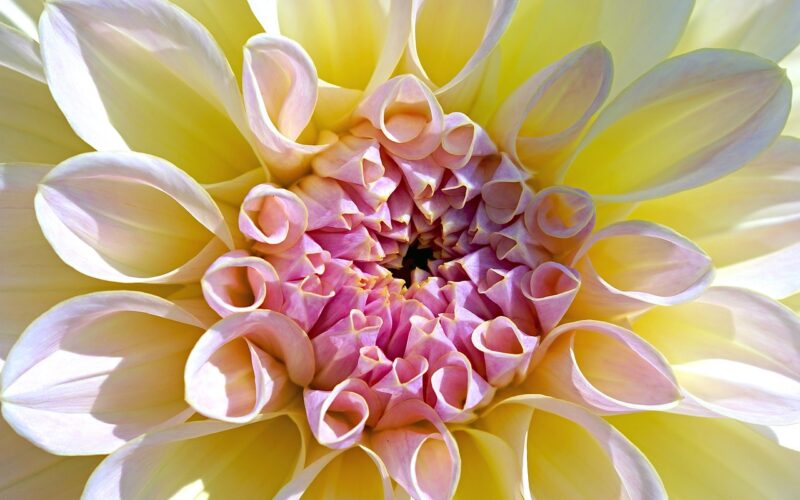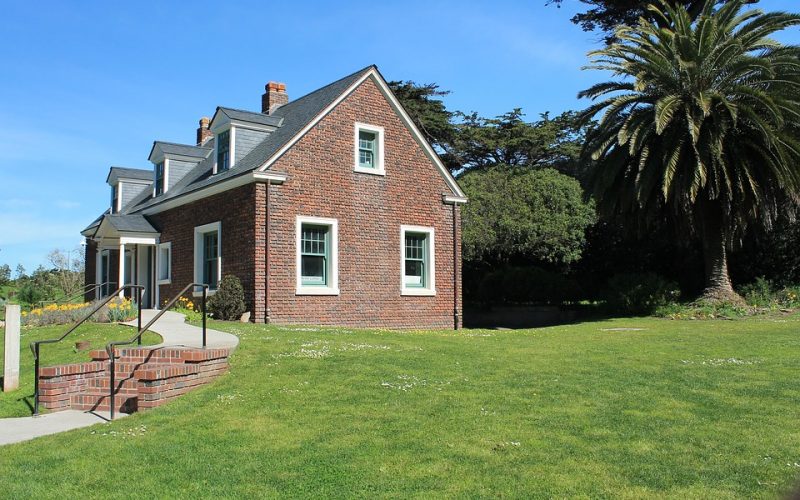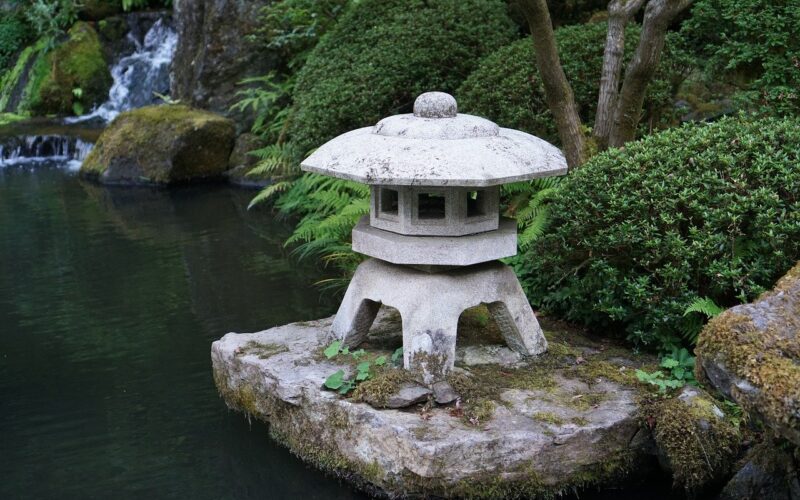The Path To a More Natural Backyard
The concept of garden rewilding is gaining traction among gardening enthusiasts and environmentalists alike. It aims to create garden spaces that not only serve as a refuge for human enjoyment but as a sanctuary for native wildlife and plant species. By rewilding a garden, we also contribute to the larger scale of biodiversity conservation and an eco-friendly future.
What is garden rewilding?
Garden rewilding is about letting nature take the helm, encouraging the growth of native plants and creating habitats for local fauna. This approach seeks to minimise human intervention and allow ecological processes to unfold, leading to increased biodiversity and the establishment of a natural balance within your garden space. It stands in contrast to traditional gardening, which often involves regular weeding, mowing, and planting of non-native species, requiring constant maintenance and input.
Benefits of rewilding your garden
One of the primary benefits of rewilding is the support it provides to local wildlife. By creating a variety of habitats—such as ponds, wildflower meadows, and woodpiles—you encourage a diverse range of insects, birds, and small mammals to call your garden home. This not only leads to a richer natural experience for you as the gardener but also serves vital ecological functions such as pollination and pest control.
Furthermore, rewilded gardens can act as important wildlife corridors, offering safe passage and refuge in urban or developed areas where natural spaces are increasingly rare. Additionally, this approach to gardening can aid in carbon sequestration, as allowing plants to grow unhindered increases biomass and the storage of carbon within your garden's ecosystem.
How to get started with rewilding your garden
Rewilding your garden doesn't mean abandoning care and maintenance altogether. To begin, assess your space and consider how you can incorporate native plant species, which are adapted to local climatic conditions and offer the most suitable habitat and nutrition for native wildlife.
Reducing lawn areas is one practical step towards rewilding. Lawn grasses are often low in biodiversity; replacing them with wildflower meadows or native ground cover can drastically increase the number of species living in your garden. Wildflowers, in particular, are excellent for attracting pollinating insects such as bees and butterflies.
Additionally, installing a pond, no matter how small, can attract a host of aquatic wildlife and provide a valuable water source for birds and mammals. Even a small water feature can have a significant impact. Remember to include shallow areas or a ramp to ensure that wildlife can safely access the water.
Creating a compost heap is another great way to contribute to rewilding. Not only does this recycle kitchen and garden waste, but it provides a habitat for decomposers like worms and beetles, and the compost produced is an excellent natural fertiliser for your garden plants.
Tips for a successful rewilding project
When rewilding your garden, patience is key. Ecosystems do not transform overnight, and it may take several seasons to see the full benefit of your efforts. Start small, perhaps by setting aside a corner of your garden to rewild, and gradually expand the area as you become more confident and start to see results.
Avoid using chemical pesticides and fertilisers, as these can be harmful to the very wildlife you're trying to attract and support. Instead, focus on building a healthy, organic environment where natural predators control pest populations, and nutrients are cycled naturally.
Lastly, educate yourself about invasive species in your region to prevent inadvertently introducing them into your garden. These species can outcompete native plants and disrupt local ecosystems, countering the positive impact of your rewilding efforts.
Final thoughts on garden rewilding
Rewilding your garden is a rewarding pursuit that not only brings you closer to nature but can also make a positive environmental impact right on your doorstep. Each rewilded garden becomes a part of a more significant green network, providing invaluable pockets of biodiversity and beauty. It is an invitation to wild creatures to flourish alongside us and an acknowledgement of our responsibility towards the ecosystems that are essential for our survival.
Take the leap and begin the transformation—your garden and its newfound residents will thank you for it!










